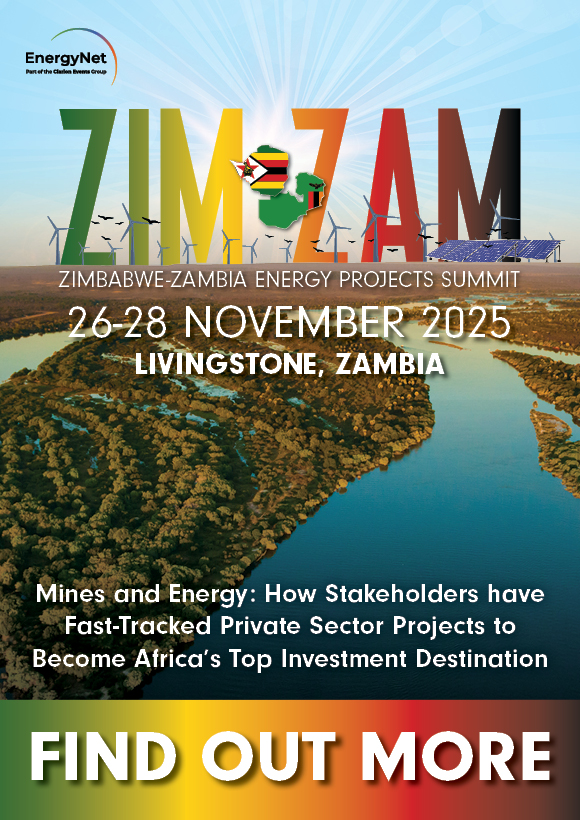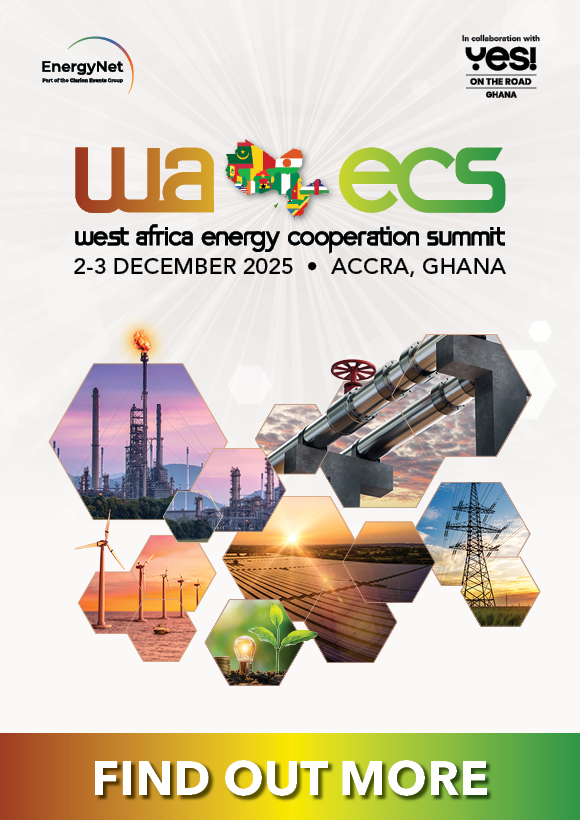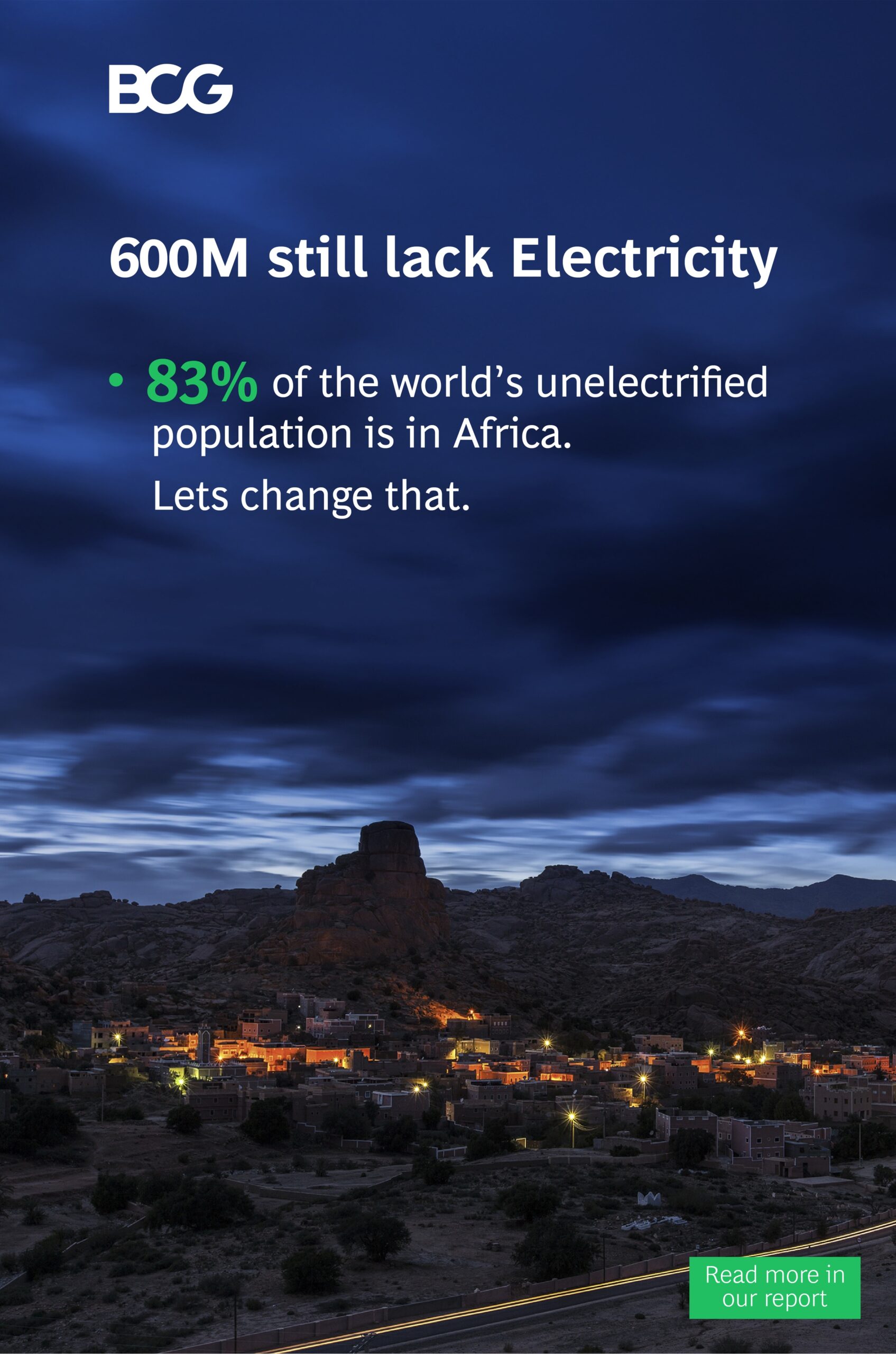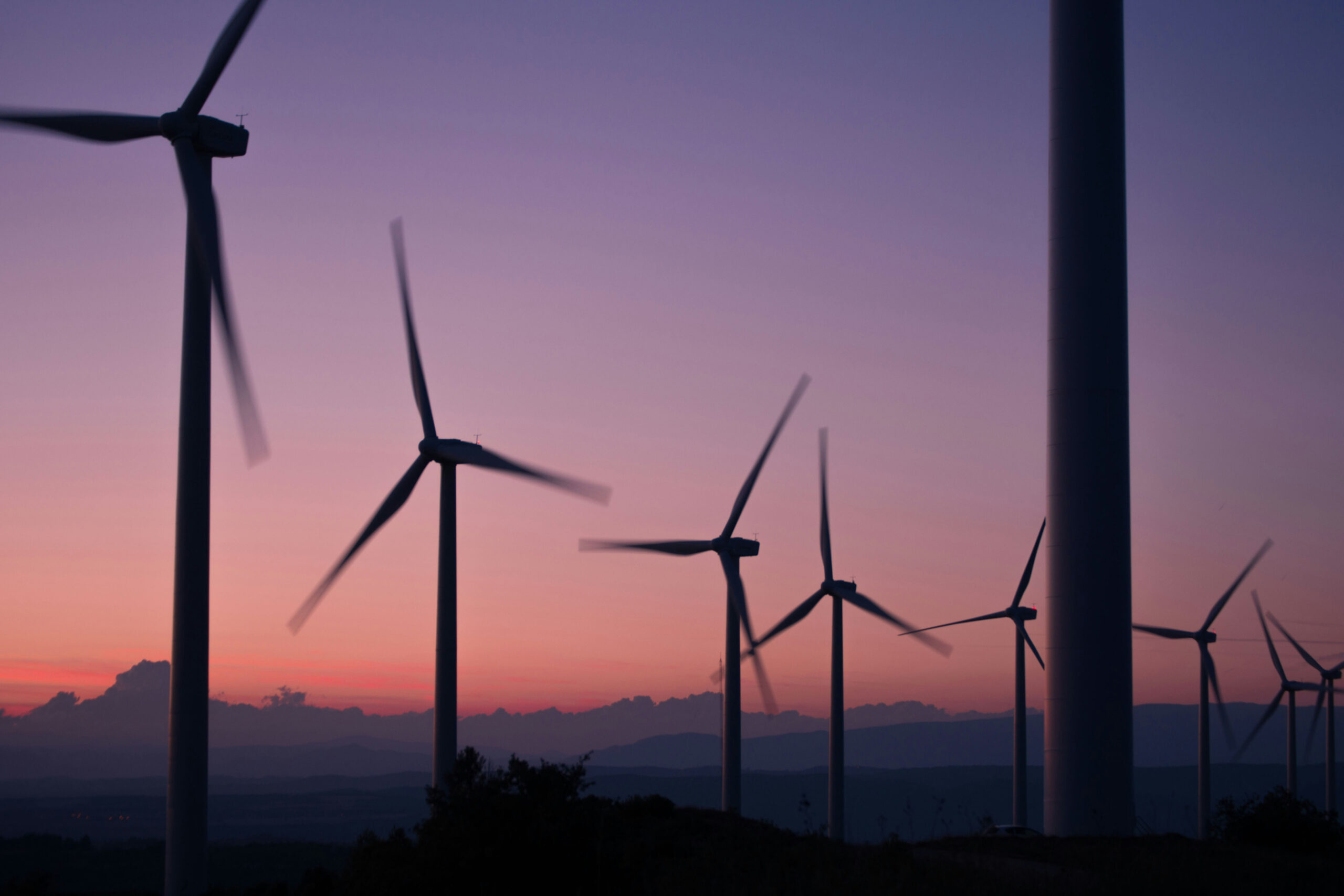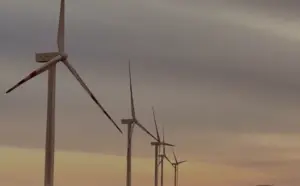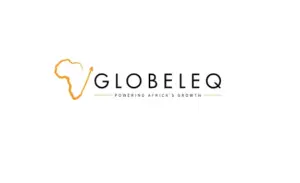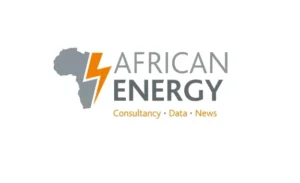
Green Bonds Usher in a New Era for African Energy Finance
The successful placement of green bonds by Zambia’s Copperbelt Energy Corporation widens the pool of capital for sustainable energy projects in Africa
In December 2024, amid Zambia’s worst energy crisis in decades, the Copperbelt Energy Corporation (CEC) achieved something unprecedented in African energy finance: the successful issuance of a $150 million, 15-year green bond to finance the development of a combined 230 MW of solar energy projects.
The debt instruments, underwritten by private creditors and structured without government guarantees, are a watershed moment for energy finance on the continent. The placement shows that commercial lenders are increasingly willing to finance energy infrastructure projects that are both commercially and environmentally sustainable. This is good news for independent power producers (IPPs), which have often struggled to raise capital to grow.
CEC’s foray into green bond financing began in December 2023 with the registration and issuance of a $200 million medium term note programme, and an initial $53.5 million tranche of private placement led by the Emerging Africa & Asia Infrastructure Fund (EAAIF). That inaugural transaction gave the company confidence to issue a second tranche worth $96.7 million, which was placed among a much broader group of investors a year later.
Mutale Mukuka, CEC’s CFO, says the green bond has “boosted our confidence in capital markets and supports our shift towards a more diversified funding mix, reducing reliance on traditional bank loans”.
His advice to African energy companies: “You can unlock not only capital, but also long-term strategic value by aligning with international climate goals and leveraging growing investor interest in sustainable investments.”
A new model for energy finance
The transaction broke new ground in three key areas:
First, it succeeded without sovereign guarantees. Unlike most African infrastructure projects that require government backing to attract international capital, CEC’s bond was structured as pure project finance. Standard Bank, through its Zambian subsidiary Stanbic Bank Zambia, provided full commercial underwriting based solely on the company’s creditworthiness and the project’s economic viability. This represented a crucial departure from the expectation that African governments must de-risk private-sector energy investments.
Second, it offered long-term financing in a continent where such arrangements are rare for private ventures. In an alignment called a tenor, the 15-year life of the bonds matches the economic life of the solar project, providing the long-term capital that renewable energy investments require, but that African companies typically struggle to access.
Third, it demonstrated that well-structured energy projects can attract strong investor appetite at affordable rates. “Given the type of transaction and the type of client that CEC was, [Standard Bank] was comfortable to take a full underwrite of the commercial risk,” says Sherrill Byrne, head project finance, energy and infrastructure, Standard Bank, who led the arrangements for the second tranche.
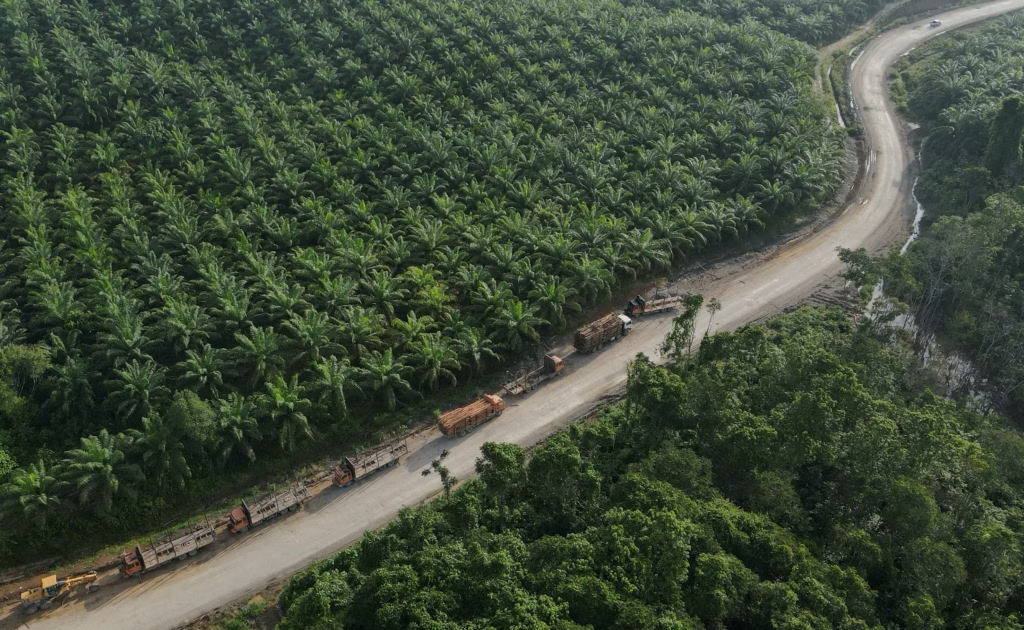
What made it work
Behind the success of the green bond issue is a compelling investment case. CEC’s solar projects will help meet Zambia’s growing demand for power, as well as the need to diversify its energy mix. The country’s over-reliance on hydropower makes it vulnerable in times of drought. CEC’s future earnings are also secure because its clients are, in the main, mining companies that pay for their electricity in hard currency. This customer base provided the stable, long-term revenue visibility essential for 15-year financing.
Underpinning the transaction’s success was Zambia’s Open Access regulatory framework, which allows private power producers to sell electricity directly to commercial and industrial customers rather than exclusively to the national utility. This regulatory shift has improved the credit profile of IPPs.
Prior to the regulatory reforms, power producers depended entirely on financially strained state utilities for revenue. The Open Access regulations have created a competitive market where creditworthy private off-takers – such as CEC’s mining customers – can contract directly with generators through long-term power purchase agreements.
“The opening up of the market, the long-term need, as well as credible off-takers, is allowing us to extend tenors,” Byrne explains.
Blending public and private capital
While commercially structured, the bond still attracted buyers among development finance institutions (DFIs). About half the bonds were bought by public-sector institutions, the rest by private capital. “Using public finance to help mobilise private finance” is the way forward, says Byrne.
The bond’s green designation proved crucial for attracting investor interest. “There’s more appetite for a green bond in the market,” Byrne notes. “There are a lot of entities in the funding space who have targets around promoting green financing, and so you should be able to attract a premium for green financing rather than just a normal corporate financing.”
This green premium allowed CEC to attract more capital at cheaper rates – a critical advantage for long-term project financing in emerging markets.
Replicating success across Africa
CEC’s green bond success offers a template for other African energy developers, particularly as power markets liberalise across the continent. The key ingredients – credible corporate off-takers, long-term power purchase agreements and supportive regulatory frameworks –exist in other markets, too.
Given the huge investment needs in the continent’s power sector, CEC’s pioneering bond may prove to be more than just a financing success – it could be the model for a new era of African energy development.


